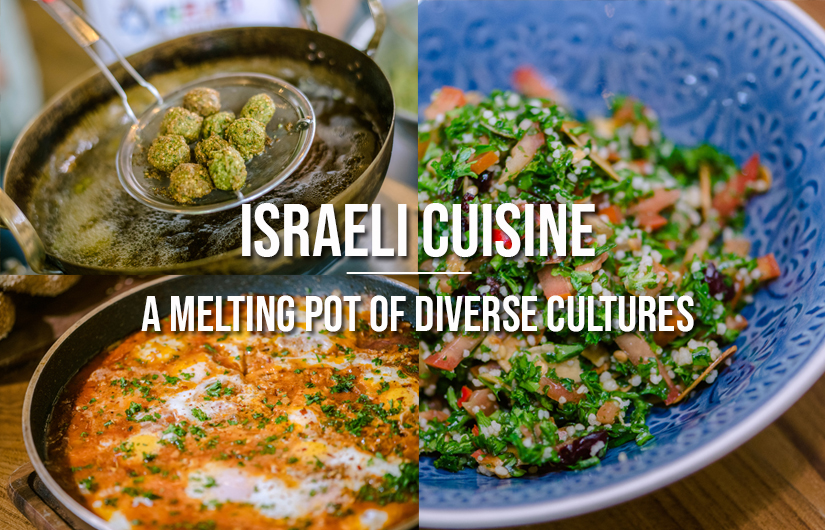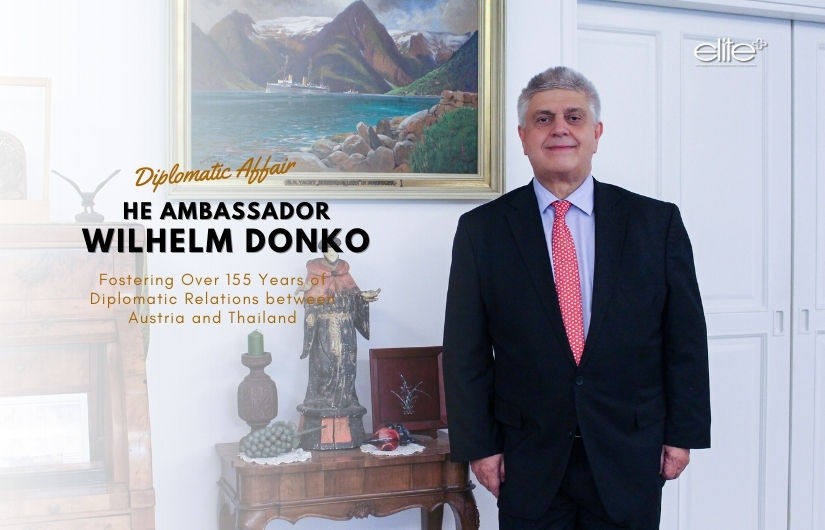One thing that any visitor will see immediately when in Israel is how diverse the population is. While the Jewish nation has a long history, Israel as a state, is a young country of only 75 years old. When the country was established in 1948, there were approximately 800,000 people, 650,000 were Jews and the rest Muslim. However, even these 800,000 were not one ethnic “Israeli” group, as the majority had migrated to the country from the early 1800s. This year celebrates the 75th anniversary of the Independence of Israel. I sat down with HE Ambassador Orna Sagiv to learn about Israeli food culture. As is often said, “Food unites people, and friendship is easily forged by breaking bread together.”
For better understanding of the history of food culture in modern Israel, Ambassador Orna patiently explained, “The first big migration from the end of the 19th century to the early 20th century comprised about 25,000 people, mostly arriving from Yemen, Russia and Romania. Through the years, there have been many waves of immigrants to Israel with the biggest arriving from Iran, Iraq, Yemen, the former USSR, Turkey, Syria, Ethiopia, Morocco, Tunisia and Europe.
“After the establishment of Israel, the Jewish population doubled to about 1.3 million in 18 months. Today, the country's population is roughly 9.5 million people, comprising 74% Jewish, 21% Arab (Muslim, Christian and Druze), 5% non-Arab Christians and a few other small groups.
All the migrations through the years have created a very diverse population, but also a new culture that is a mixture of the many ethnicieites. Of the Jewish population, nearly 49% are second generation Israelis. While their parents born in Israel, many have parents from different origins.”
Ambassador Orna went on, “To integrate the diverse cultures and backgrounds, the government has aimed to make everybody the same (new Tzabar) in terms of culture, language (everybody must speak only Hebrew and not their home languages), appearance and food of course. However, it is important to mention that the establishment of the “Israeli” culture and cuisine was not achieved smoothly from the beginning as most of the immigrants spoke different languages and felt the need to preserve their own culture and traditions.
“Fortunately, as time passed and, like in a big cooking pot, all the ingredients eventually mixed with each other and people started to be interested in their neighbours traditions and home cooking. This is how, step by step, the new Israeli culture and, of course, Israeli cuisine were created. It was a starting point, a creation of new cooking techniques, exposure to new products and creation of “typical” Israeli dishes, which are now the basis of current Israeli culture and cuisine.”
Ambassador Orna proudly clarified, “Now, when we talk about Israeli food, we really mean various dishes that originated in different countries, but became Israeli in the past few decades. Many Israeli chefs are very successful around the world because they create wonderful fusion food based on the many diverse flavours they have grown up with. Israeli food is based on the diversity of the Israeli population, but one thing all the immigrants have had in common is the importance of the food being Kosher.”
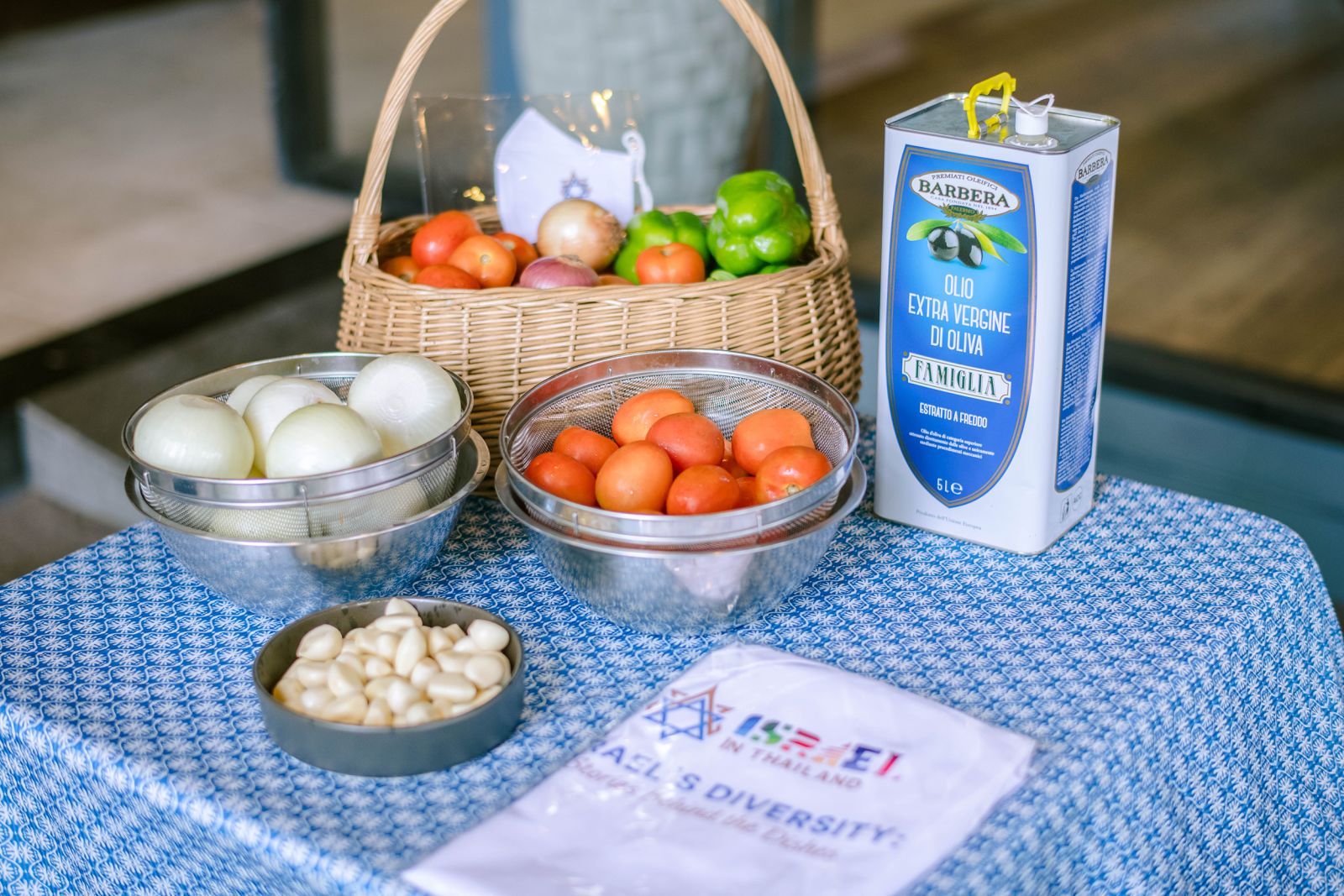
Kosher food
Ambassador Orna elaborated, “Kosher food means it conforms to the Jewish dietary regulations, which, in general, mean that meat and dairy products cannot be combined in the same meal. This is probably the reason that a typical Israeli breakfast will contain eggs, cheeses and vegetables while lunch is meat based and dinner light and dairy based.
“If we take a deeper look at the Kosher restrictions, we can see that it has a major influence on the whole local food industry. A good example is if a restaurant would claim to be Kosher, it will have a Kosher certificate, which means the restaurant follows all the necessary requirements. It should not serve any type of seafood, pork or any other meat that is forbidden nor mix meat and milk in the same meal. It also will not be open on Shabat, the Jewish sabbath.
“There is also a special type of Kosher which indicates the food that can be consumed at the period of Pessah, or Passover. On this holiday, according to Jewish tradition, religious people are not allowed to eat wheat-based products, no bread, no pasta or any food prepared with flour or wheat-based ingredients. This created Pessah Kosher cuisine, which has its place in modern Israeli lifestyle.”
Touching on the subject of modern Israeli cuisine, Ambassador Orna explained, “Israel saw a variety of food inventions and innovations which were created as a result of needs. An example is “Ptitim”, Israeli couscous, invented as a replacement for rice. Another is “Shkedei marak”, a very nice Israeli version of bread croutons. In terms of different diets, gluten-free products can easily be found in most grocery stores, non-lactose milk and dairy products, meat replacements and ready vegan or vegetarian meals are widely available on supermarkets shelves.
“I can definitely name several Israeli food creations that are very popular in almost every Israeli home and very unique, like, namely, Krembo, Bamba, Bisli, cottage cheese, low-fat soft cheeses, pizza-pita, schnitzel with ptitim or pasta and many more. Israel is also known for its agricultural abilities, and it is worth mentioning that the typical Israeli consumes a very high amount of fruit and vegetables as part of their nutrition. A typical Israeli meal can include different types of salads or just a very basic salad of tomatoes, cucumbers, onion and some herbs with a simple dressing of olive oil, lemon/lime, salt and pepper, that can even be the main course itself.”
Key Representative Dishes
- Tahini and Hummus
Tahini and hummus are probably the most iconic, globally known Israeli and Middle Eastern food. Tahini’s main ingredient is toasted, ground sesame seeds. It originally came to Israel from Persia. For centuries, only the aristocracy and wealthy could afford the ingredients to make tahini.
Hummus comes from an Arabic word meaning “chickpea”, which is the main ingredient. Cooked chickpeas blended with tahini, olive oil, lemon juice, garlic and salt makes hummus.
- Falafel
These deep-fried balls are made from ground chickpeas, beans and spices. Falafel is probably the most common street food in Israel. They are generally consumed in pita bread, topped with salad, pickled vegetables, tahini and hummus. Many agree that falafel was created in Egypt. However, the question of when and by whom is still a mystery.
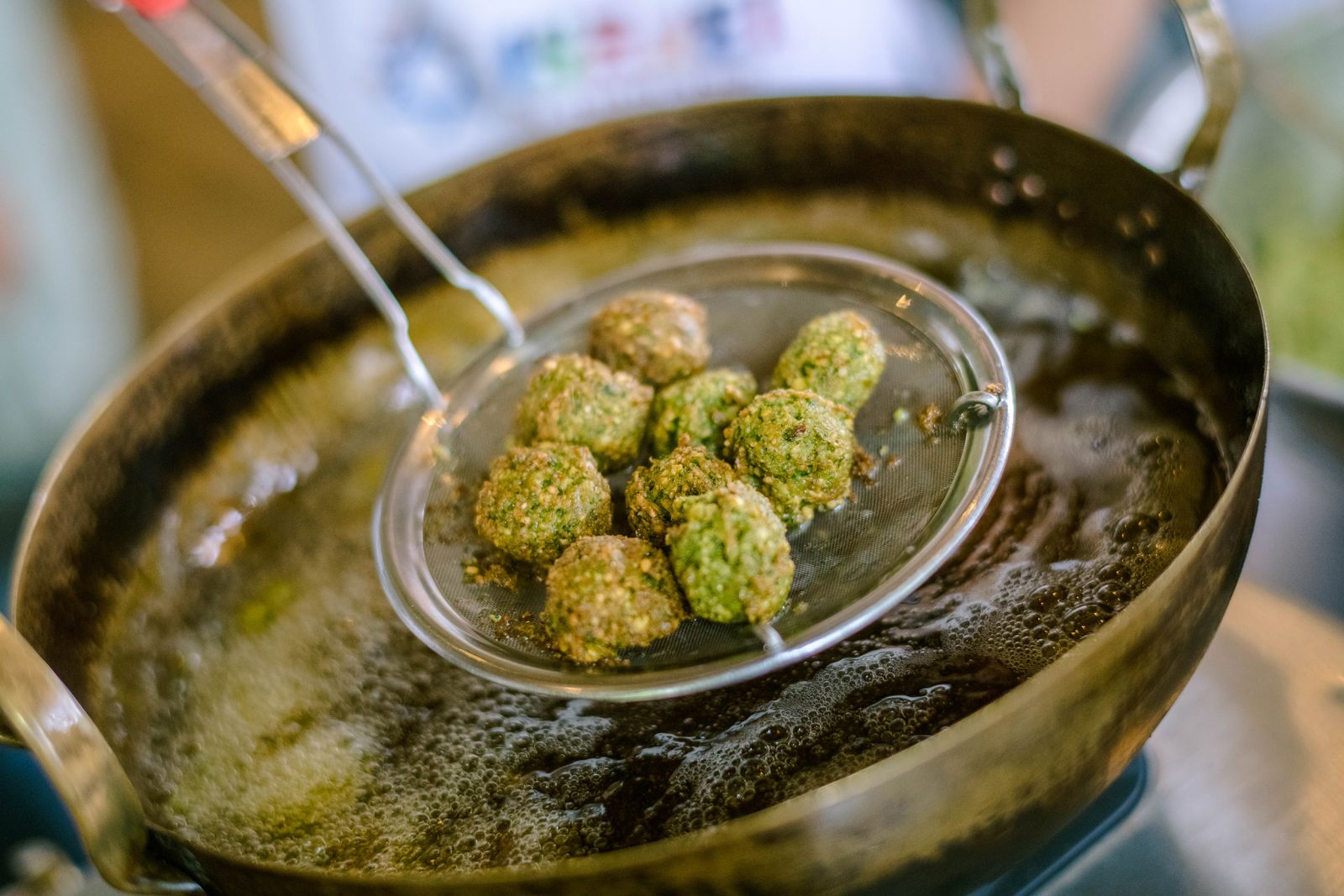
- Baba Ganoush
Baba ghanoush is one of the Levantine starters adored not just by Israelis. It has many variations around the world. The Israeli version contains grilled eggplant, tahini, garlic, lemon juice and chopped onions.
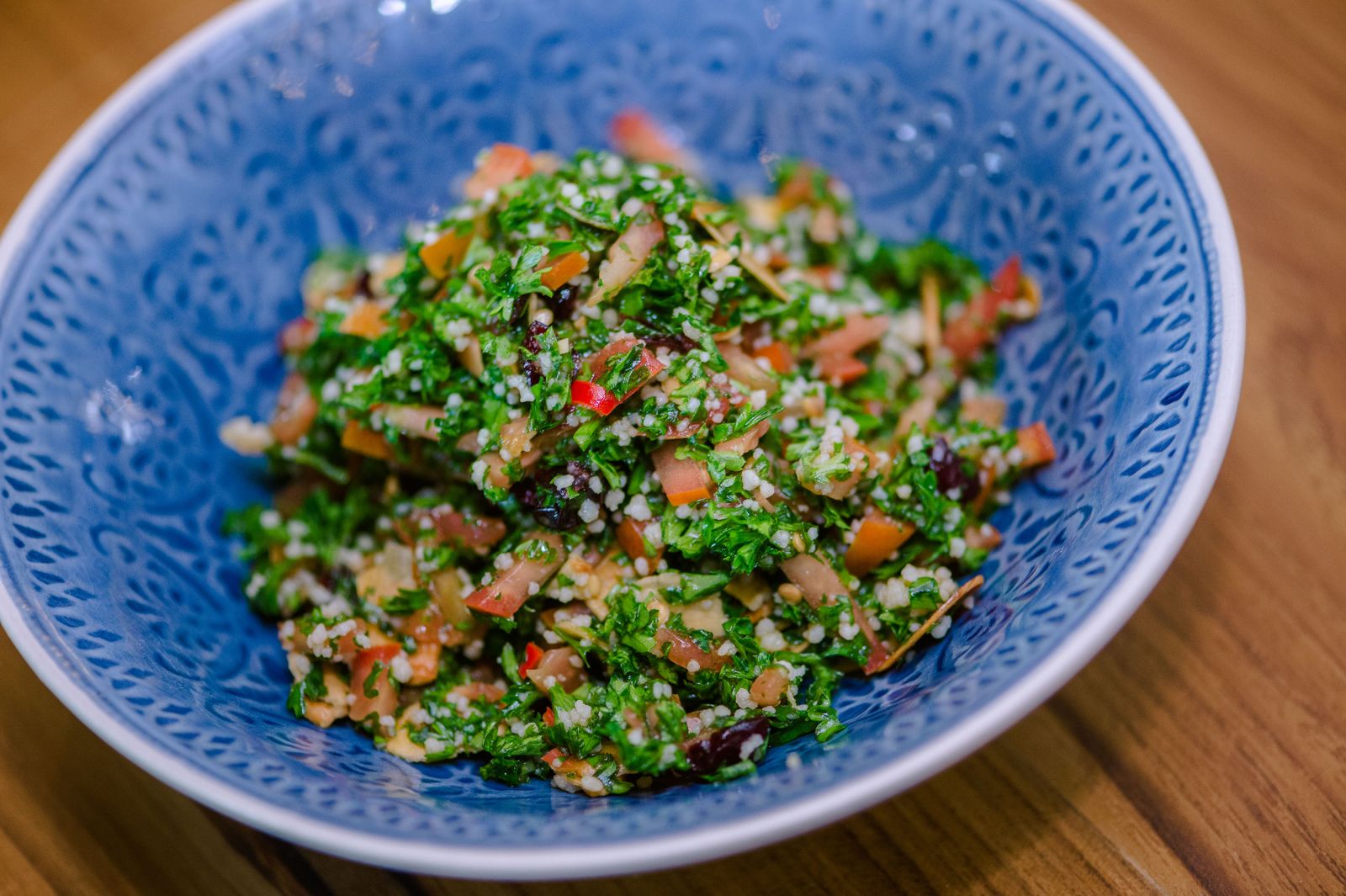
- Tabboule
This salad originated from Lebanon and Syria and was an essential part of people’s diet in the Middle Ages. The salad which contains finely chopped parsley, mint, tomatoes, onions and bulgur wheat is very common in Israel.
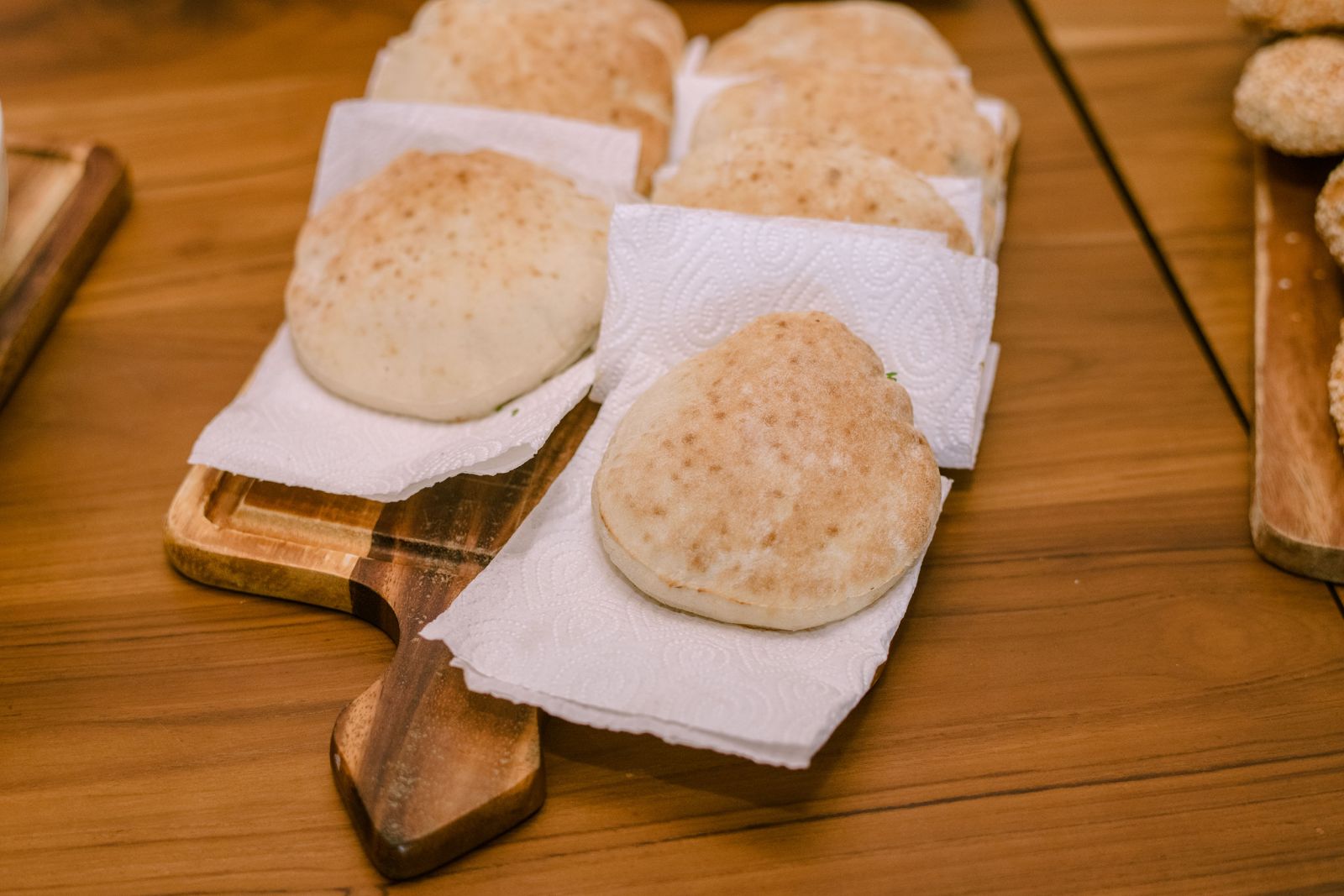
- Sabich
Another popular Israeli street food, sabich is a combination of fried eggplant, hard-boiled egg, chopped salad and tahini sauce, all served in a pita bread. There is more than one theory about its origin.
- Pickled Fish
This dish was brought to Israel by the Jewish immigrants from Europe. Pickled and preserved food was a necessity for Jewish people around the world because kosher food was hard to come by. In previous centuries, European Jews lived in the eastern part of Europe where they had religious freedom. In this region, herring was very common because it was cheap and made from seasonal fish. It was difficult to store fresh fish during that time, so the people created ways to preserve their food.
- Kneidlach or Matzah Ball Soup
The kneidlach are small balls made from matzah flour, a traditional bread for Passover; eggs; water and oil, traditionally served with chicken soup. This is a traditional soup for the Passover feast of the Central and Eastern European Jews. German, Austrian and Alsatian Jews were the first to prepare matzah balls for their soup.
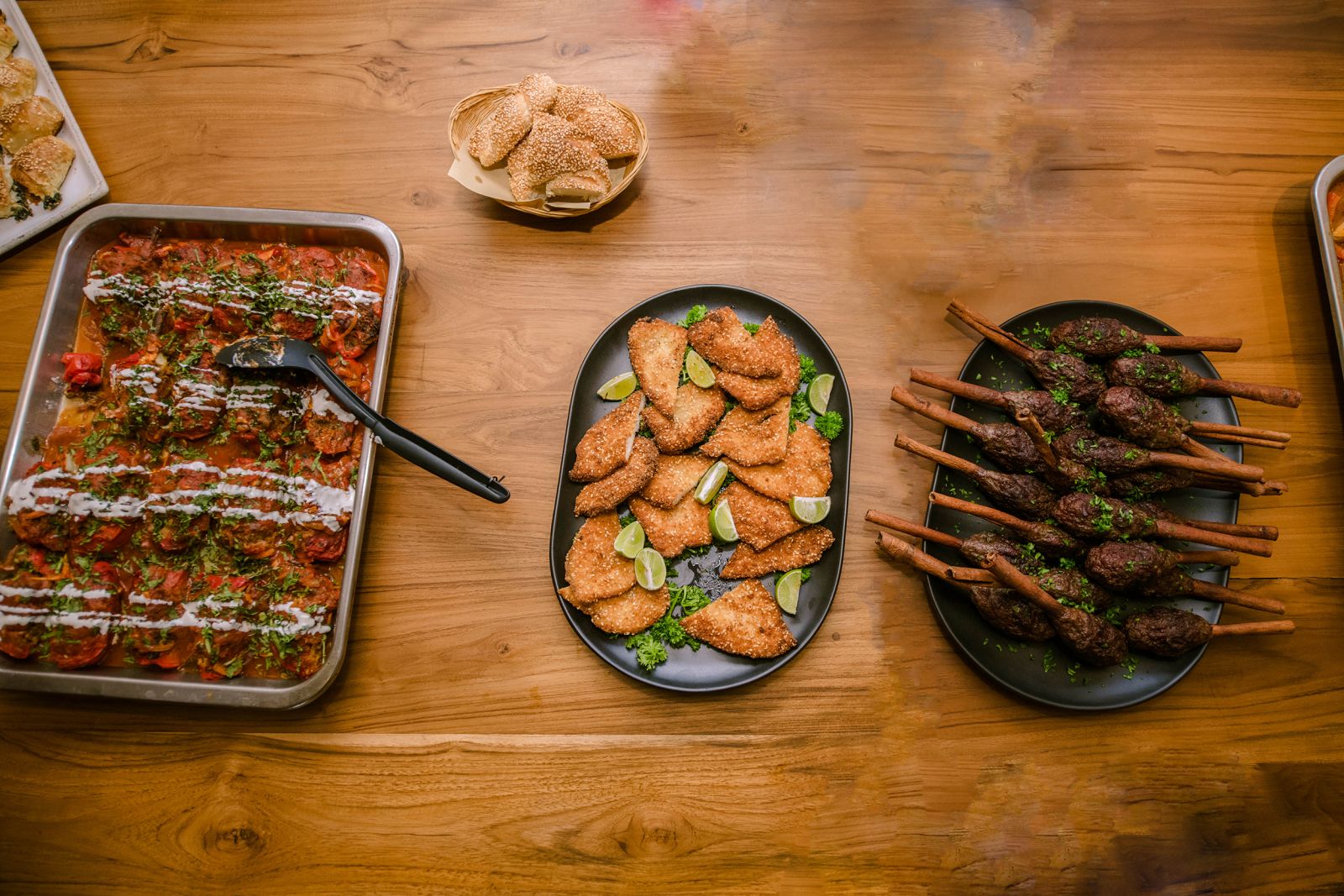
- Kofta Kebab
Mizrahi Jews from the Middle East and North Africa brought various types of grilled meat to Israel. Among the most popular are skewers of elongated spiced ground meat called kofta kebab. This dish has become a staple dish at restaurants and a main dish for traditional holidays.
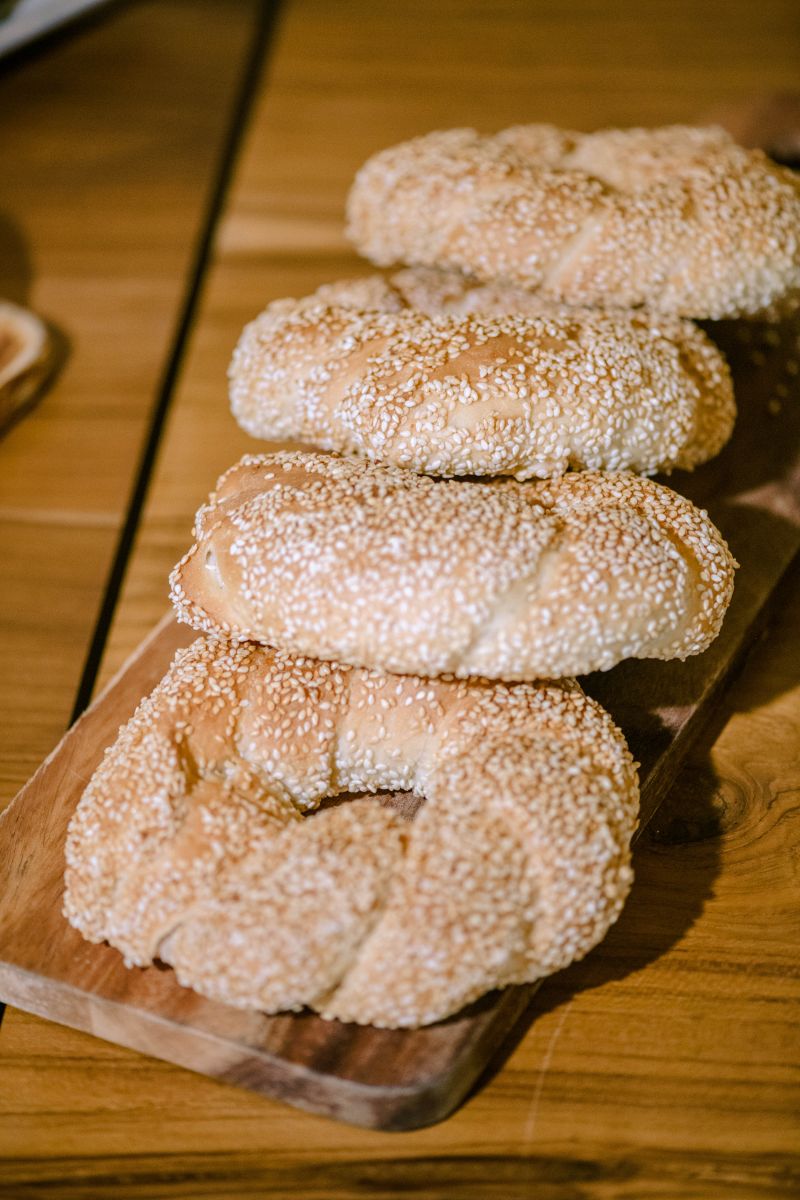
- Challah
Challah bread is a bond among Jews and God. The bread was mentioned in the first five books of the Bible - the Torah. Challah in its common braided shape was brought to Israel by European Jews. This special bread is baked on Friday especially for Shabbat dinner.
As our interview drew to a close, Ambassador Orna reiterated, “With our Independence journey, the eclectic variety of dishes which originated from other countries, especially the Middle East, have been comfortably incorporated into our Israeli daily lives. This truly reflects that Israeli cuisine is a melting pot of diverse cultures.”


